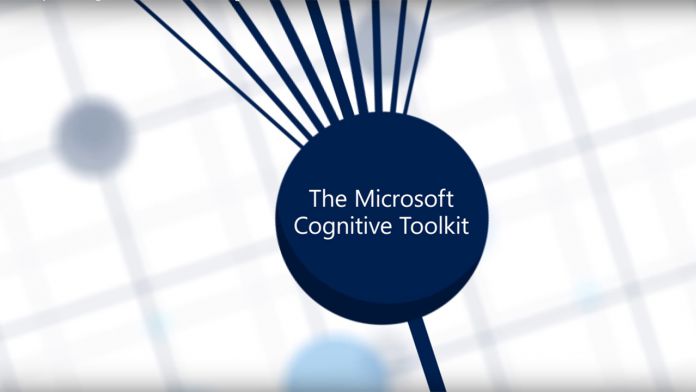The Microsoft Cognitive Toolkit 2.0 is now generally available, open-source. It brings hundreds of new features to production and enterprise-grade deep learning and presents it in a more usable way.
Microsoft Cognitive Toolkit 2.0 Features
Though version 2 of the toolkit has been in beta since October, the full release builds on previous functionality. Part of that is support for Keras, an open-source neural network library that’s popular for its usability. It will allow developers to take their existing Keras applications and use them with Cognitive Toolkit, greatly speeding them up. According to chief speech scientist Xuedong Huang, it could provide up to 3x better performance than competitors.
The functionality is made possible by the Python support introduced in previous builds. Huang believes that lack of Python was the main drawback of Microsoft’s offering, so this is a significant milestone. Users can now extend the functions, learners, trainers and optimizers of it with Python or C++. However, this update also makes some important upgrades to its neural net functionality. It improves the performance for neural nets outside of speech recognition and also makes it easier for Microsoft to extend it later. Thursday’s release also supports Java language bindings for model evaluation, as well as tools to let trained models run on low-powered devices. The general aim is to make it available to more developers, including those with only basic programming skills and average hardware. So far, a number of businesses and public services have implemented Microsoft’s Toolkit, including Chinese medical startup Airdoc. Other uses include a neural net by Maryland-based Chesapeake Conservancy, accelerating the creation of land cover datasets.
With this release, utilization should only grow, as will the toolkit’s functionality. According to Huang, however, Microsoft will always strive to keep that great performance.




